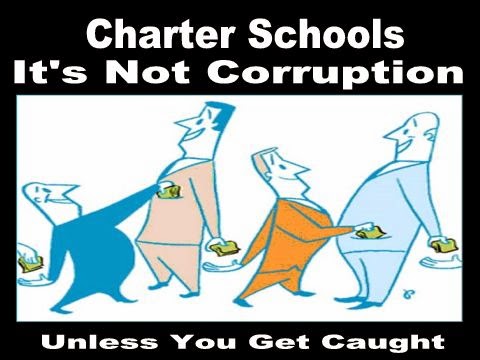Once Racist: More on My Redneck Past
There is so much about the U.S. in the story of Kyle Kashuv.
Kashuv as a teenager has had thrust upon him a complex and accidental fame. First, he gained recognition by being among the high school student survivors of the Parkland, Florida school shooing.
Next, Kashuv filled a partisan political niche by being the face of conservative activist students after that school shooting—an event that spawned a rise in what has been characterized in the U.S. as left-wing political activism by a number of his classmates.
And now, Kashuv is the face of consequences: He was first accepted in Harvard and then that acceptance was rescinded.
Conservatives across the country have rushed to expressed outrage, focusing on arguments that his actions (documented and repeated racist language) occurred while he was still young; these defenses of Kashuv have often been absent the fact that colleges, and Harvard, have rescinded acceptances for similar reasons in the past (with little media fanfare) and that the nature of all college admission is judging applicants for their behavior while only in their teens.
By the logic of apologists for Kashuv, Harvard—and all colleges—are irresponsible for admitting or rejecting students for the grades they earned and the accomplishments they achieved while teenagers.
But the larger problem with how conservatives have rushed to defend Kashuv is that it is grounded in a plea for license, not freedom.
Kashuv has not been denied his freedom to express racist language and bigoted ideology; Kashuv has not been denied the opportunity to rise above these deplorable displays of calloused youthful indiscretion (if that CONTINUE READING: Once Racist: More on My Redneck Past | radical eyes for equity














